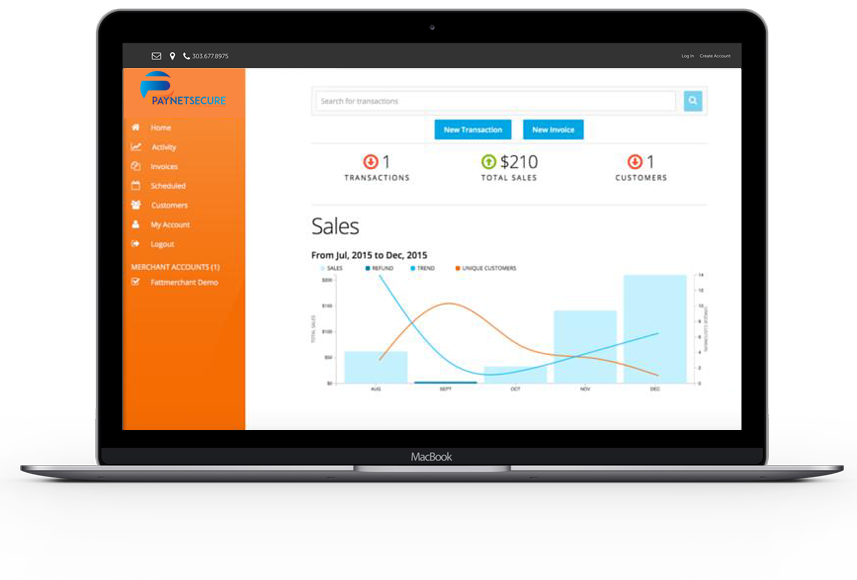Recurring Billing Enhances Cash Flow
Recurring payments are popular for subscription billing models for online entertainment, internet services, downloads, and digital goods sold by high risk merchants.
Recurring billing creates a predicable revenue stream for high risk merchants. And expands the life cycle of customers over a longer period of time than single transactions allow. Once recurring billing is established, customers get used to seeing the payment on their monthly statement and continue to pay month after month.
Consumers are increasing comfortable with recurring billing, largely due to the recent growth of online bill payments for household bills. Aite Group forecasts that over 5.6 billion bills will be paid online in 2012, growing to over 6.3 billion in 2013. Consumers already enjoy the convenience of recurring monthly payments for utilities, rent and other household bills.
6 Tips to Increasing Revenues from Recurring Payments
- Give customers a good reason to opt for recurring payments. To quickly obtain the benefits of recurring payments to your bottom line profits, motivate your customers to sign up by offering a discount or other incentive.
- Simplify the sign up process. Make sure the procedure is easy to understand. Let the customer know when the billing will occur.
- Make it easy for customers to cancel recurring billing. Let customers how to cancel and make the process as effortless as possible to reduce customer frustration. This will help keep chargebacks low, while increasing customer satisfaction.
- During the first cycle of recurring billing, advise the consumer in advance of the payment being debited. Some merchants will continue sending notification of billing every month. Other merchants will simply send an email the first month confirming the on-going billing along with information on how to cancel. Once recurring billing is in place, consumers get used to seeing on a monthly statement and monthly notices may no longer be necessary.
- Accept alternative payments, such as echecks in addition to credit cards. Millions of Americans regularly pay for goods & services online with electronic checks.
- Keep recurring billing safe by using tokenization within your payment gateway. Instead of keeping card numbers on file, the gateway encrypts transactions and sends a token to complete the transaction. This eliminates the need for you to keep card records on file.
Conclusion
Recurring billing stabilizes cash flow by providing you predictable revenue streams.
High risk merchants selling digital content, adult entertainment, and streaming media commonly have recurring billing models. Recurring payments for tangible products are also on the rise.
Recurring payments are an affordable and convenient way for shoppers to buy from you. And increase the lifetime value of customers to your business.
Are you interested in boosting sales & profits with recurring billing?
Contact info@paynetsecure.net today
